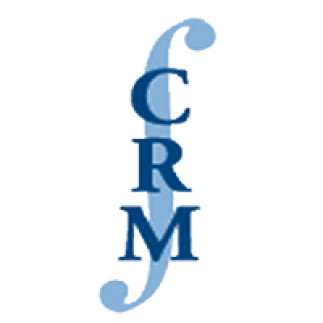We introduce a random network model for business relationships exemplified for a re-insurance market. Using Pareto-tailed losses (as are observed for natural or man-made catastrophes) with a dependence structure introduced by the graph we study systemic risk measures, which are based on the Value-at-Risk and the Expected Shortfall. We show that the dependence on the network structure plays a fundamental role for the individual agent’s risk as well as for the systemic risk. If the Pareto exponent is larger than 1, then for the individual agent diversification is beneficial, whereas when it is less than one, concentration on a few objects is the better strategy for individual agents. The situation changes, however, when systemic risk comes into play. We describe different network scenarios including a homogeneous model and a Rasch-type model, and explain the influence of the network structure on diversification in such models. This is joint work with Oliver Kley and Gesine Reinert and the first paper received the Lloyd’s Science of Risk Price in 2016.

